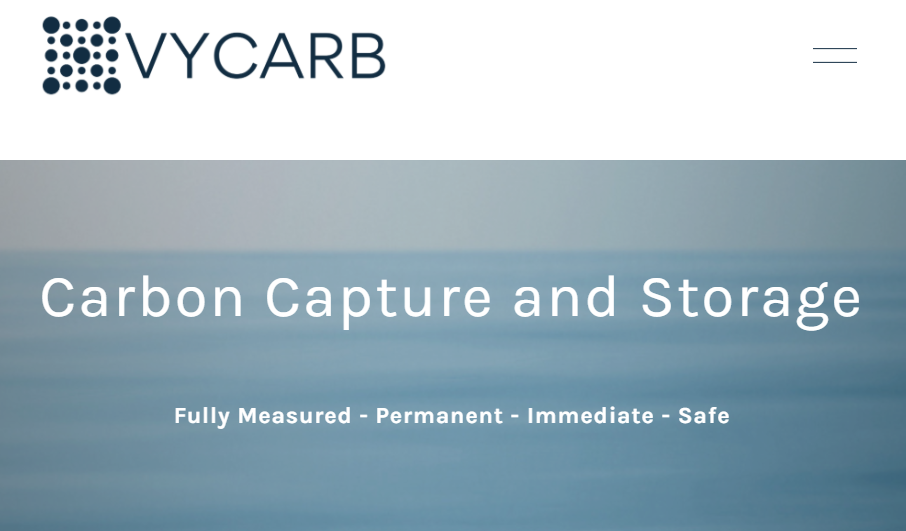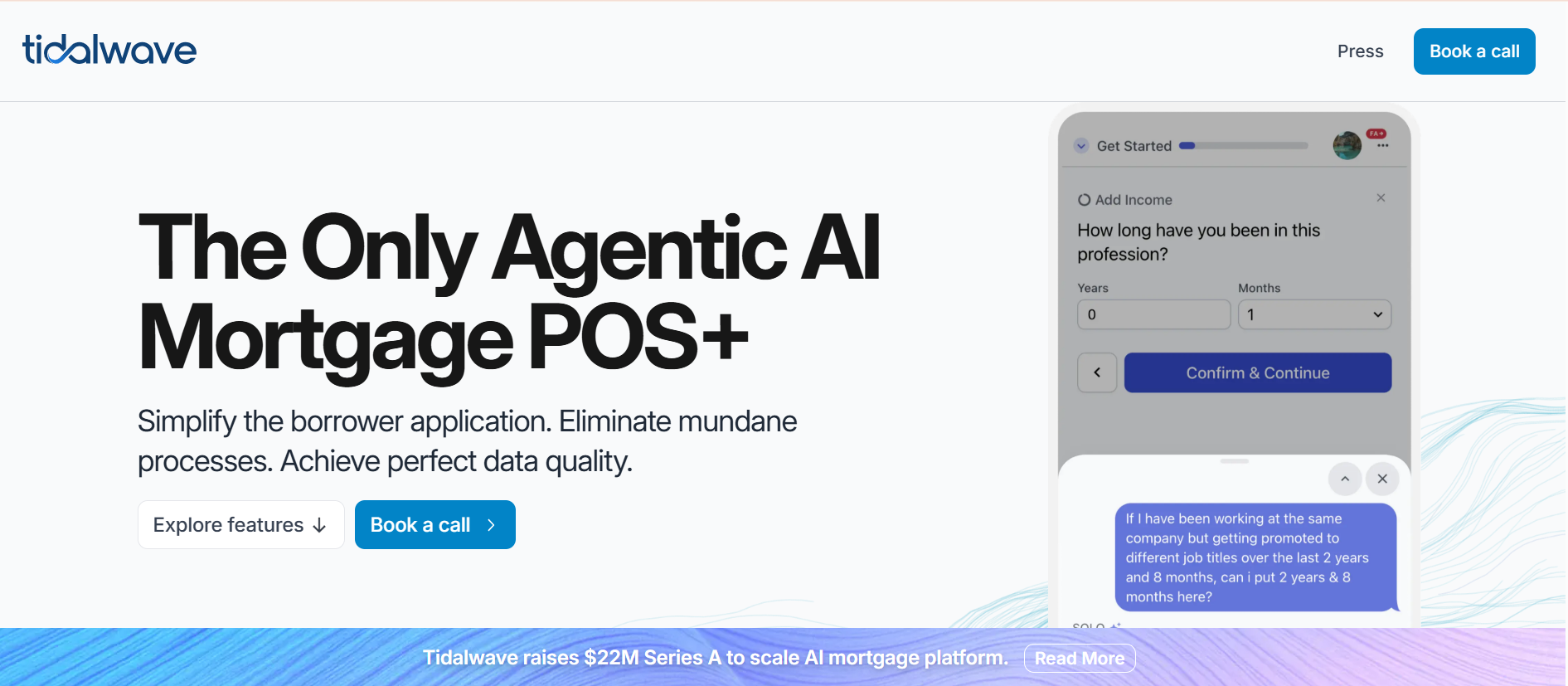Vycarb Raises $5M Seed Round to Scale Water-Based Carbon Capture
October 16, 2025
byFenoms Startup Research

Vycarb has closed a $5 million seed round to accelerate deployment of its novel water-based carbon capture and storage (CCS) system. The round was led by Twynam, with participation from MOL Switch LLC, Hatch Blue, Clocktower Ventures, Idemitsu, and SGInnovate.
The investment arrives as demand surges for scalable, verifiable, and cost-effective carbon dioxide removal (CDR) technologies worldwide.
The Technology Behind Vycarb
Vycarb builds a sensor-driven, modular system that captures and stores CO₂ directly through natural water bodies such as rivers and coastal zones - a process known as ocean alkalinity enhancement (OAE).
By carefully injecting alkaline minerals into water, Vycarb enhances local alkalinity, which reacts with dissolved CO₂ to form stable bicarbonate compounds. These bicarbonates remain safely dissolved, mimicking Earth’s natural carbon cycle - but at an accelerated, measurable rate.
What makes Vycarb stand out is its real-time measurement system. Every unit continuously tracks alkalinity, pH, and CO₂ levels, creating a precise MRV (Measurement, Reporting, and Verification) model. This gives carbon markets the transparency and credibility they’ve long struggled to achieve.
The company currently operates a pilot site in New York’s East River, capturing an estimated 100 metric tons of CO₂ annually - a small but crucial proof of concept for large-scale coastal deployment.
Why This Round Matters
The new funding will power Vycarb’s transition from prototype to scalable commercialization. The company plans to deploy larger systems, refine its MRV data infrastructure, and strengthen partnerships with coastal and industrial operators.
But beyond product expansion, this round signals something bigger: the mainstream acceptance of ocean-based carbon capture as a viable complement to direct air capture (DAC).
While most CDR startups focus on air or land, Vycarb taps into a massive, underutilized natural sink - the oceans. It’s a strategic bet that could reshape how the world approaches carbon removal at scale.
Vycarb’s story highlights a growing truth in climate tech: the edge doesn’t always come from invention - it comes from precision.
Vycarb didn’t invent ocean alkalinity enhancement; scientists have studied it for decades. What it did invent was the ability to measure it accurately, in real time. That’s the breakthrough investors are betting on.
In emerging industries - from carbon capture to AI bioengineering - the next wave of unicorns won’t just build new technologies. They’ll own the validation layer that makes those technologies credible, regulated, and monetizable.
This is what founders can learn from Vycarb: invest early in your data layer. Whether your product captures carbon or customer behavior, your defensibility lies in the precision of your feedback loop.
Vycarb turned a niche scientific concept into a fundable business not because it was the first to do it, but because it was the first to prove it worked with data.
That’s what moves investors. That’s what scales industries.
The Bigger Picture
Globally, carbon removal startups raised over $800 million in 2024, driven by corporate net-zero commitments and voluntary carbon market growth. While direct air capture gets most of the headlines, ocean-based systems like Vycarb’s are quietly becoming the dark horse of scalable CDR.
The ocean absorbs about 25% of human-emitted CO₂ annually. Enhancing that natural process, without disrupting ecosystems, could unlock gigaton-scale removal potential - something land-based systems can’t easily match.
However, ocean alkalinity isn’t without controversy. Regulators and scientists still debate its long-term ecological impacts. Vycarb’s emphasis on sensor transparency and MRV precision could help the sector navigate this scrutiny - and build the trust needed for carbon credit adoption.
Roadmap Ahead
With fresh capital, Vycarb plans to:
- Deploy larger demonstration systems in coastal regions and industrial sites.
- Expand MRV partnerships with universities and verification agencies.
- Refine operational efficiency, lowering CO₂ removal costs toward its sub-$100/tonne target.
- Grow its engineering and data teams, focusing on automation and scalability.
- Build global partnerships through investors like Idemitsu and SGInnovate to reach Asia and the Pacific.
These milestones reflect a broader industry shift - from prototype hype to measurable performance.
Why Investors Are Paying Attention
For investors, Vycarb offers exposure to a hard-tech climate solution with clear validation pathways. Its modular systems can integrate with existing coastal infrastructure, offering governments and industries a way to decarbonize without massive land use.
The participation of global investors - from Australia’s Twynam to Japan’s Idemitsu - underlines the international appetite for scalable ocean-based CDR solutions. As carbon markets mature, these early entrants could become key suppliers in a trillion-dollar removal economy.
What’s Next for Vycarb
Vycarb’s immediate goal is to move from proof to permanence - showing that its captured carbon can remain locked away safely and verifiably for centuries. The company is also working to make its sensor data publicly accessible, a move that could establish it as a benchmark for transparency in the carbon removal space.
In the long run, Vycarb envisions a network of autonomous, data-linked reactors across global coastlines - each silently turning the tide against atmospheric CO₂.









